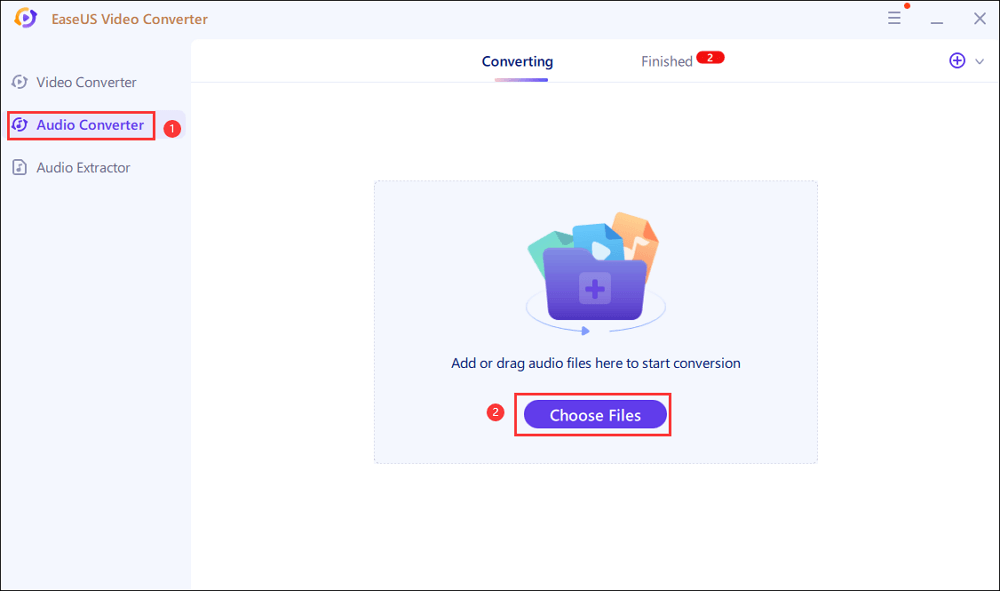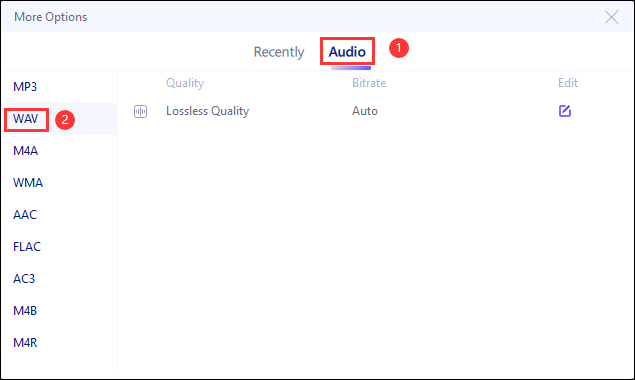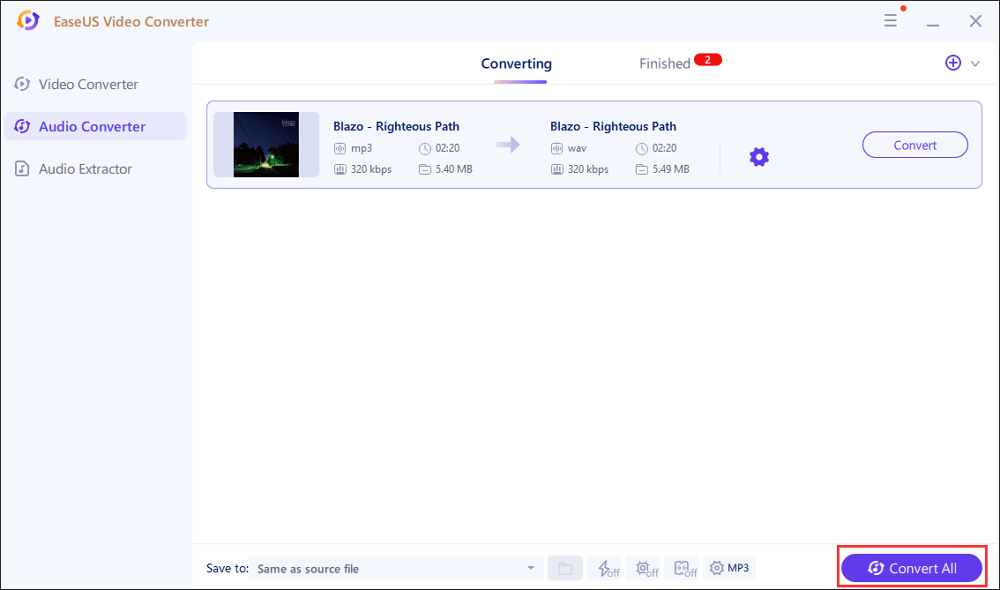-
Jane is an experienced editor for EaseUS focused on tech blog writing. Familiar with all kinds of video editing and screen recording software on the market, she specializes in composing posts about recording and editing videos. All the topics she chooses are aimed at providing more instructive information to users.…Read full bio
-
![]()
Melissa Lee
Melissa is a sophisticated editor for EaseUS in tech blog writing. She is proficient in writing articles related to multimedia tools including screen recording, voice changing, video editing, and PDF file conversion. Also, she's starting to write blogs about data security, including articles about data recovery, disk partitioning, data backup, etc.…Read full bio -
Jean has been working as a professional website editor for quite a long time. Her articles focus on topics of computer backup, data security tips, data recovery, and disk partitioning. Also, she writes many guides and tutorials on PC hardware & software troubleshooting. She keeps two lovely parrots and likes making vlogs of pets. With experience in video recording and video editing, she starts writing blogs on multimedia topics now.…Read full bio
-
![]()
Gorilla
Gorilla joined EaseUS in 2022. As a smartphone lover, she stays on top of Android unlocking skills and iOS troubleshooting tips. In addition, she also devotes herself to data recovery and transfer issues.…Read full bio -
![]()
Jerry
"Hi readers, I hope you can read my articles with happiness and enjoy your multimedia world!"…Read full bio -
Larissa has rich experience in writing technical articles. After joining EaseUS, she frantically learned about data recovery, disk partitioning, data backup, multimedia, and other related knowledge. Now she is able to master the relevant content proficiently and write effective step-by-step guides on related issues.…Read full bio
-
![]()
Rel
Rel has always maintained a strong curiosity about the computer field and is committed to the research of the most efficient and practical computer problem solutions.…Read full bio -
Dawn Tang is a seasoned professional with a year-long record of crafting informative Backup & Recovery articles. Currently, she's channeling her expertise into the world of video editing software, embodying adaptability and a passion for mastering new digital domains.…Read full bio
-
![]()
Sasha
Sasha is a girl who enjoys researching various electronic products and is dedicated to helping readers solve a wide range of technology-related issues. On EaseUS, she excels at providing readers with concise solutions in audio and video editing.…Read full bio
Page Table of Contents
0 Views |
0 min read
Sometimes you may need to save your audio files in different formats and make them suitable for different purposes. For instance, it's a good choice to choose FLAC as the audio format when you want to keep the lossless audio quality, but it's may not be suitable to choose FLAC as the container when you need to use the audio file on a website since the file size of FLAC is too large.
The same thing can also happen when choosing from other formats, such as M4A vs. WAV. Both formats are popular for containing audio files, but some characteristics distinguish them from each other. What are the differences between them? How to make a choice between those containers? Keep reading, and those answers will be offered in the following parts.
What is the M4A Format?
M4A is also known as MPEG 4 Audio. Apple Inc. designed this audio format for its hardware and software, such as iTunes, iPad, and iPhone. If you download audio from the Apple iTunes Store, the file you get is very likely with the .m4a extension. The audio content in an M4A file is usually encoded with AAC compression, which helps in reducing the file size and saves your device's storage space. Although this format is beneficial, the compatibility issue is what you can't ignore when choosing the audio format.

What is the WAV Format?
WAV is also known as Waveform Audio File Format, and it's an audio container created by Microsoft and IBM. This audio format is one of the standard PC audio formats for storing lossless audio content. As the audio content in this container is uncompressed, WAV files will take up larger storage space than files in other formats, such as M4A. Generally speaking, the size of WAV audio can be about 10 MB per minute.

Differences Between WAV and M4A
Both those two formats are excellent choices for storing your audio files, but some features differentiate them from each other. This part will take some of those features as examples and show you the distinctions clearly.

Compatibility
As Apple Inc. designs M4A, sometimes it may not be compatible with some Windows devices or apps, such as Windows Media Player. On the other hand, although the WAV format is created by Microsoft and IBM, you can also open it with the QuickTime Media Player on your Mac.
File Size
As mentioned above, the audio content of the M4A file is often decoded by AAC compression. In other words, the file size of an M4A file is relatively smaller than in many other formats. But audio stored in WAV format is an uncompressed lossless file so that the size of a WAV file is larger.
Audio Quality
As mentioned above, the WAV file is not compressed while the M4A file is usually compressed, which leads to the distinction in audio quality. If you want to enjoy the lossless audio, WAV is the container you need to choose, but if you care more about the file size than the audio quality, M4A is suitable for you.
Bonus: How to Convert Between M4A and WAV
After selecting from those two audio formats, you may need to convert your audio file to the desired format. In such a situation, an audio converter is necessary. EaseUS Video Converter can help you a lot in changing the audio format without compromising the audio quality. Although this software is named a video converter, this all-in-one converter can also process files in more than 500 audio formats.
Another excellent feature of this software is its lightning-speed converting process. With its advanced GPU acceleration technology, EaseUS Video Converter works 30 times faster than many other converting apps you can use on a Windows PC. This software offers you an audio extractor that lets you rip the music from a video, and it's convenient to get any audio file you like without hassle. Other built-in tools, like a file merger and a media player, are also available.
EaseUS Video Converter
- Best free audio converter for beginners
- Customize the bitrate and frame rate of the audio freely
- Support batch conversion for processing multiple audio files
- Extract soundtrack from a video and save it in audio format you like
There is a tutorial on converting audio to WAV format using EaseUS Video Converter, and you can follow the steps to convert any other files with simple clicks. Whether you want to convert M4A to WAV or convert WAV to M4A, the software can help.
Step 1. Launch this software and click "Audio Converter" on the main interface. Next, hit "Choose Files" to import audio files.

Step 2. Hit the gear icon once the audio is imported. In "More Options" window, hit "Audio" > "WAV".

Step 3. Finally, choose "Convert All" at the bottom to start it. Once done, find your converted files in the "Finished" tab.

Bottom Line
This post introduced the differences between two audio formats: M4A vs. WAV. Each of them is suitable for specific situations, so you need to choose from them elaborately.
For those who want to change the format of the audio files they have already gotten, the audio converting software is indispensable. For Windows users, EaseUS Video Converter is one of the best choices. This converter supports more than 500 audio formats, including M4A and WAV, enabling you to get any audio format you like.




